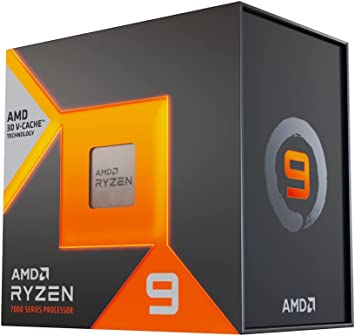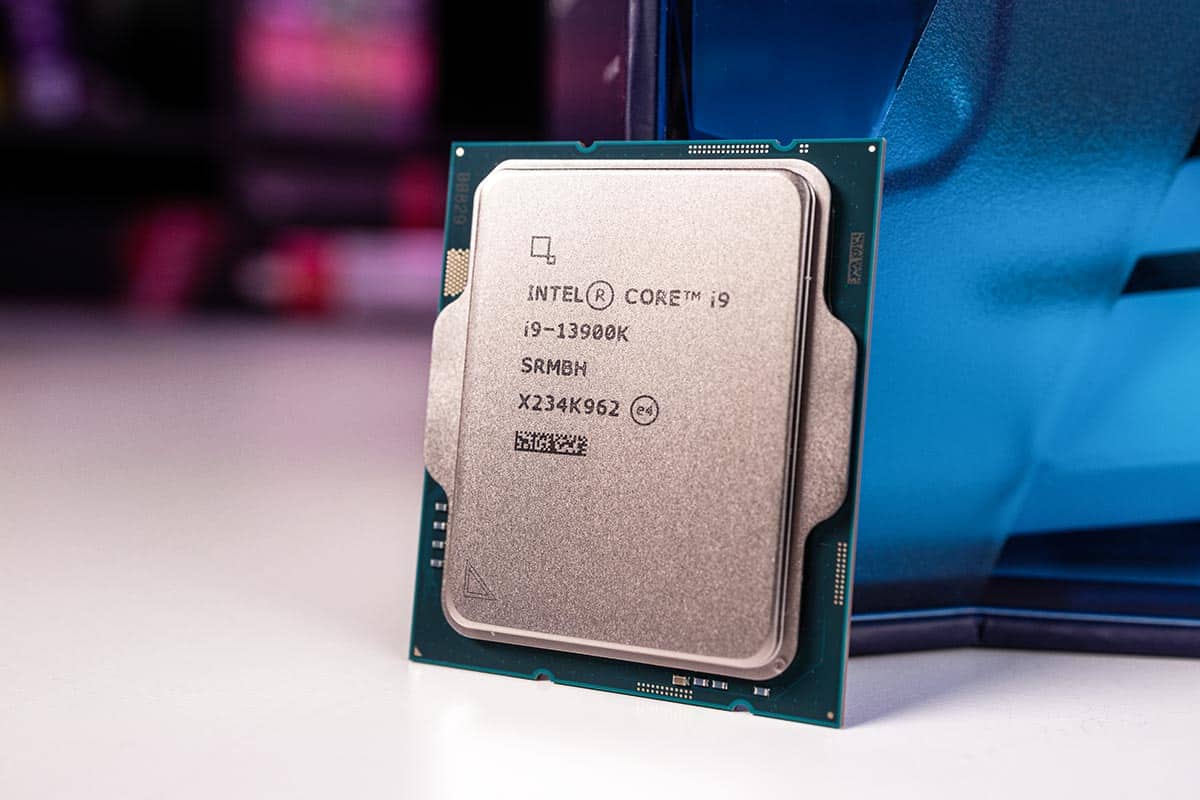Ryzen 9 7900X3D vs Core i9-13900K

Table of Contents
With the latest generation of high-performance CPUs on the market, there are many options for those looking to upgrade their desktops. Two of the most popular choices are the Ryzen 9 7900X3D from AMD and the Core i9 13900K from Intel. Both of these CPUs offer top-of-the-line performance and are designed to handle even the most demanding applications. In this article, we will compare the Ryzen 9 7900X3D vs the Core i9-13900K in terms of their specs, performance, and price, to help you decide which one is the best fit for your needs.
Ryzen 9 7900X3D vs Core i9-13900K: Specs
Looking at the specs of these two CPUs, both the Intel Core i9-13900K and the Ryzen 9 7900X3D are highly capable processors, and each has its unique set of strengths.
Prime Day may have closed its doors, but that hasn't stopped great deals from landing on the web's biggest online retailer. Here are all the best last chance savings from this year's Prime event.
- Sapphire Pulse AMD Radeon™ RX 9070 XT Was $779 Now $719
- AMD Ryzen 7 7800X3D Processor Was $449 Now $341
- Skytech King 95 Ryzen 7 9800X3D gaming PC Was $2,899 Now $2,599
- LG 77-Inch Class OLED C5 TV Was $3,696 Now $2,996
- AOC Laptop Computer 16GB RAM 512GB SSD Was $360.99 Now $306.84
- Lexar 2TB NM1090 w/HeatSink SSD Was $281.97 Now $214.98
- Apple Watch Series 10 GPS+ Smartwatch Was $499.99 Now $379.99
- AMD Ryzen 9 5950X processor Was $3199.99 Now $279.99
- Garmin vívoactive 5 Smartwatch Was $299.99 Now $190
*Prices and savings subject to change. Click through to get the current prices.
The Intel Core i9-13900K features 24 cores and 32 threads, thanks to its Hyper-Threading technology, making it one of the most powerful CPUs in the market for high-end tasks. Additionally, the i9-13900K has a base frequency of 3GHz and can boost up to 5.8GHz, ensuring that it can handle even the most demanding applications with ease. However, it doesn’t come with L3 cache, which may slightly impact its performance in some applications.
| Specs | Intel Core i9-13900K | Ryzen 9 7900X3D |
|---|---|---|
| Architecture | Raptor Lake | Zen 4 |
| Process node | Intel 10 nm | TSMC 5 nm |
| Cores/Threads | 24/32 | 12 / 24 |
| Frequency | 3 GHz | 4.4GHz |
| Boost clock speed | 5.8 GHz | 5.6GHz |
| Socket | Socket 1700 | Socket AM5 |
| Cache L3 | – | 128MB |
| TDP | 125W | 120W |
| Launch MSRP | $589 | $599 |
On the other hand, the Ryzen 9 7900X3D features 12 cores and 24 threads but compensates for the lower core count with a massive 128MB L3 cache that makes it highly capable for complex workloads such as 3D rendering and video editing. With a base frequency of 4.4GHz and a boost frequency of 5.6GHz, the Ryzen 9 7900X3D is highly capable of handling demanding applications.
Additionally, the Ryzen 9 7900X3D is manufactured using TSMC’s 5nm lithography process, which makes it highly power-efficient compared to the i9-13900K, which uses Intel’s 10nm lithography process.
Overall, both CPUs are highly capable and have their unique set of strengths, which make them suitable for different types of applications. The i9-13900K is highly recommended for professionals who require a higher core count for multitasking, whereas the Ryzen 9 7900X3D is perfect for professionals who need a highly efficient and high cache processor for complex workloads such as 3D rendering and video editing.
Ryzen 9 7900X3D vs Core i9-13900K: Performance
Both the Ryzen 9 7900X3D and the Core i9 13900K are powerful CPUs that offer impressive gaming performance. While the 13900K has a slight edge in single-threaded performance, the 7900X3D takes the lead in gaming thanks to its V-cache enhancement.
Recently, the L3 cache size has become increasingly important for gaming performance, and the V-cache enhancement in the 7900X3D allows it to offer more frames in-game than the 13900K, despite having a lower maximum clock speed.
It is worth noting that the clock speed difference between the two processors is larger than it may initially seem. Although the 13900K cores can boost up to a 5.8GHz clock speed during gaming, the 7900X3D’s cores barely top 5GHz due to the temperature sensitivity of the V-cache.
This means that all game-related processing on the new Ryzen processor is carried out on the first 8-core CCD equipped with V-cache. While the 4 cores housed by the other CCD can pitch in to help in heavy multicore workloads, they are not active during gaming.
Ultimately, this demonstrates the significant impact that V-cache can have on gaming performance. Despite running at a much lower clock speed than the 13900K while gaming, the Ryzen 9 7900X3D can still deliver more frames thanks to its V-cache enhancement.
Ryzen 9 7900X3D vs Core i9-13900K: Price
While the price difference is not significant, it’s worth noting that the Core i9 13900K has more cores and threads than the Ryzen 9 7900X3D, which may make it a more attractive option for users who require high-performance processing power for demanding applications beyond gaming.
However, the V-cache enhancement of the Ryzen 9 7900X3D provides a significant advantage in gaming performance compared to the Core i9 13900K. So, for users who prioritize gaming performance over other applications, the slight price difference may be worth it to opt for the Ryzen 9 7900X3D.
Ultimately, it depends on the specific needs and priorities of the user. Both CPUs offer excellent performance, and users should consider factors beyond price, such as their intended use cases, to determine which CPU is the best fit for them.
Ryzen 9 7900X3D vs Core i9-13900K: Conclusion
In conclusion, both the Ryzen 9 7900X3D and the Core i9-13900K are impressive processors that offer excellent performance for gaming and other demanding tasks. While the i9-13900K is slightly better in single-threaded performance, the Ryzen 9 7900X3D takes the edge when it comes to gaming, thanks to its V-cache enhancement.
When it comes to price, the Ryzen 9 7900X3D is slightly cheaper than the Core i9-13900K, which makes it a more appealing choice for gamers who want to save some money without sacrificing performance.
Ultimately, the choice between these two processors will depend on individual needs and preferences. The Ryzen 9 7900X3D is an excellent choice for gamers who prioritize gaming performance, while the Core i9-13900K is a better choice for professionals who need high single-threaded performance for their workloads



